Articles and Features
Accepting Alchemy through Bruce Nauman and the global pandemic
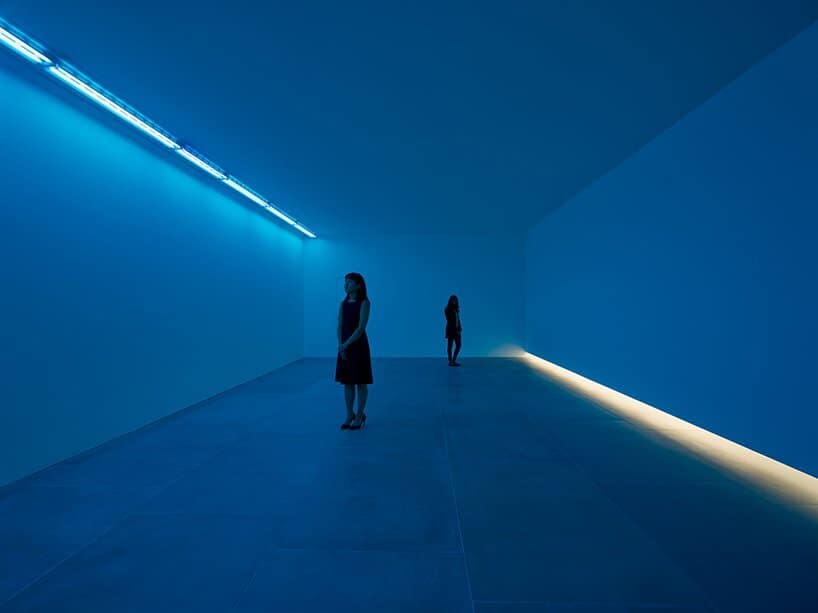
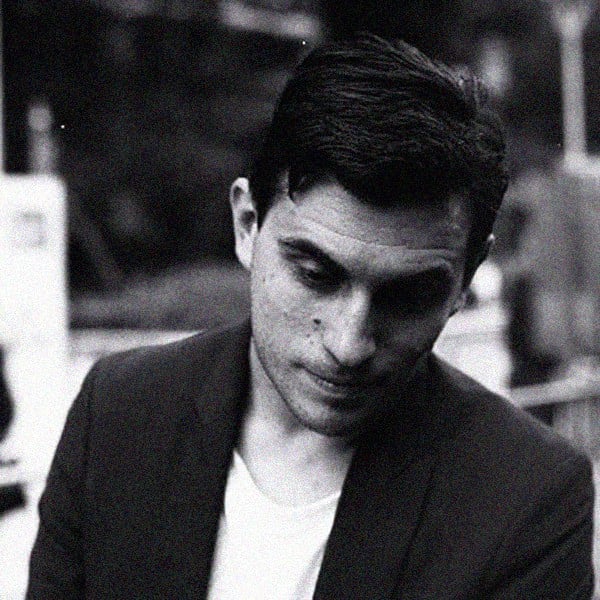
William Pym, Standards & Practices, Volume 9
Comedian Dave Chappelle has a bit in his last standup special where he talks about being called to the Standards and Practices department of his cable network and being told to do things differently. He’s not too bothered about what the network thinks. There’s a vulgar, uproarious punchline. I like the idea of standards and practices. It makes for a good joke. The enforcer of arbitrary rules and norms, a person whose job it is to frame what’s right, right now. For how can you tame a moment? In the international art world, where I have worked since 2002, I grew to become very familiar with a world of amorality, grandiosity and arrogance. I watched pre-2008 hypercapitalism change everyone’s style, and watched money get darker. Now the art world is being rebuilt, like everything else, in the image of a new generation. And one thing is true now as it was then — the art world is a place of porous standards, and practice takes many forms. I am still here, somehow, and I am the Standards and Practices department.
Bruce Nauman’s Natural Light, Blue Light was exhibited in January 1971 at ACE Gallery in Vancouver, when the American artist was 29 years old. Like much of Nauman’s one-off gallery works, it has a mythic quality. I’ve never seen a photograph of it. Nauman describes it as a row of fluorescent lights underneath and covering a skylight along one edge of a gallery. He describes the chaos of trying to look at and reconcile these two types of lights, and the inability for the viewer’s perception to settle down and focus. He describes afterimages and things getting ‘jumpy’ — the sort of nauseous jitter, perhaps, that you might see in the artist’s animated neon works of flailing, profane limbs. That’s all we had to go on.
Natural Light, Blue Light became Nauman canon in 2016, when it was shown at Blain Southern, a brightly burning big-money gallery on London’s Hanover Square that closed in February after ten years and too much money spent. In the 2016 version of the work, the long upper edge of an empty rectangular room had a line of fluorescent light in a glacial bluebird hue. Along the long bottom edge of the opposite wall there was a maybe six-inch slit, allowing daylight into the space. Experiencing this artwork involved total resignation to constant perceptual shifts as two competing phenomena rewired vision and the brain, live. It was not a celestial experience, not the bliss and meditation of Doug Wheeler, Yayoi Kusama or James Turrell’s room environments. You’d be challenged to meditate in such a space.
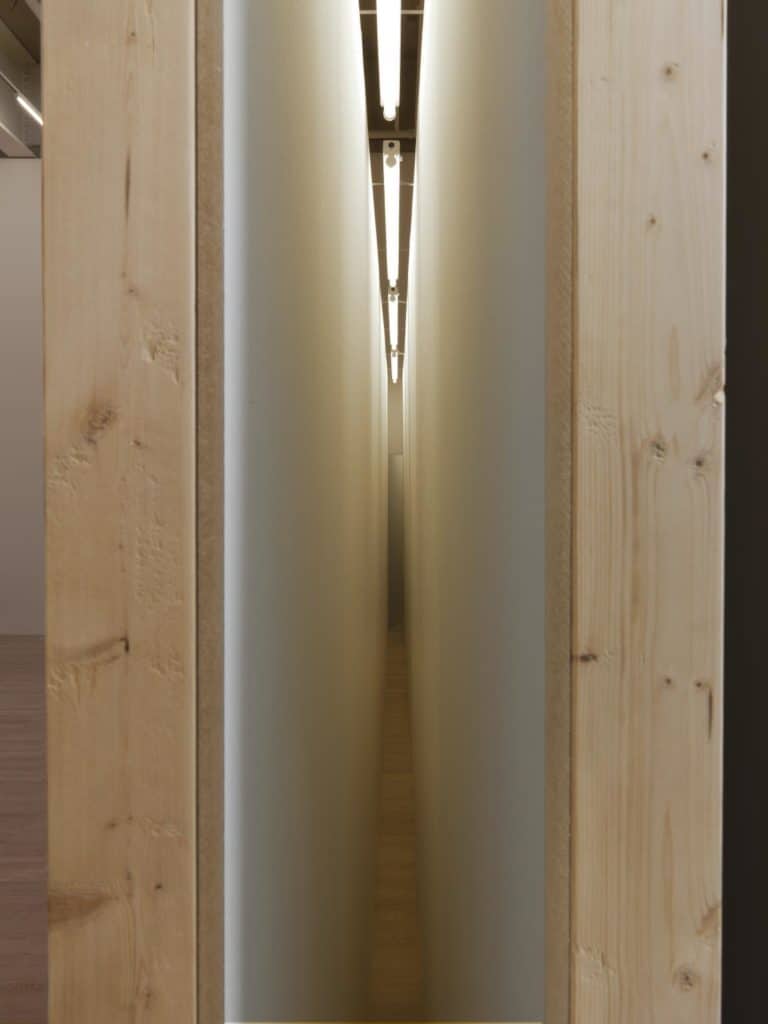
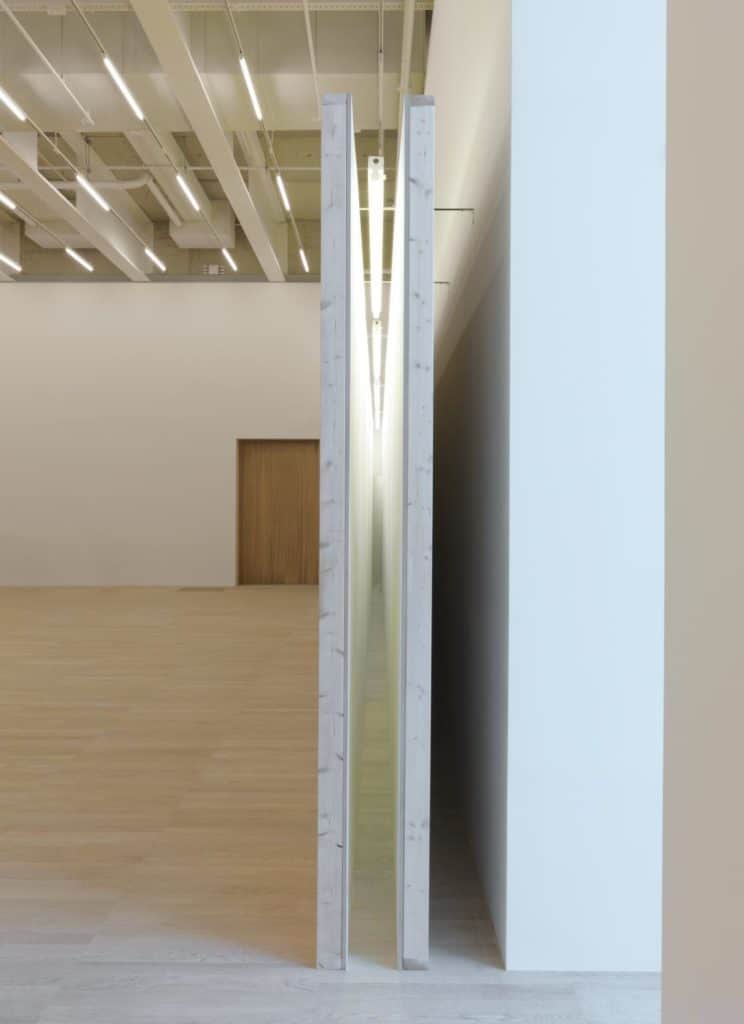
In his installations — architectural sculpture and environments as well as sound and video works — Bruce Nauman is an artist in the business of proofs. His sculptural installations can tune the viewer, can tame and refine their reactions. Corridor with Mirror and White Light, made the same year as Natural Light, Blue Light, is a relatively traditional sculptural object, comprising two nine-foot-tall, forty-foot-long walls standing about five inches apart. Strips of white fluorescent light run along the top of the gap between the walls, and a tilted mirror at the end of the corridor makes it seem as if it goes forever. It is a tangible, inspectable structure. Looking down that corridor, however, warps everything, and unsettles totally. The space reads as a corridor, we know this place, yet it feels wrong, jumbled in perception, uneasy, a too-vivid dream, impossible to touch. This feeling hits every time you look down this work, even if you know what is coming, even if you’ve seen it a hundred times. Nauman’s ability to engineer such consistency is a proof. It is a proof of how humans work, how our faculties work. It is a deconstruction of fear that is also very scary.
I am currently traversing London as a commuter and edgy salaryman in third gear, in a noticeably reduced officeworker population, in noticeably quiet downtown neighbourhoods. The main energy on the streets of the city, the flicker of constant encounter usually provided by people, comes from the bustle of signage related to the pandemic. Much of the digital and pasted advertising on public transport relates to the virus. Signs on open businesses are loud and elaborate, and signs on closed business are quiet and six months old, acquiring a patina. Markers of social distancing are by far the most prevalent new punctuation around the town centre. Taped off in pictograms, notched in spraypaint on concrete, or on heavy vinyl stickers dissolving under footfall, these marks measure the increments of our life in this time.
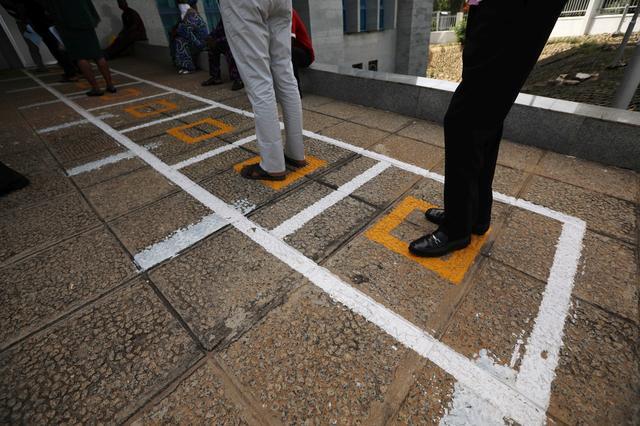
The city, all cities, will reestablish rhythms in due course. The messaging of modern life will return because it is central to our society, which means central to capitalism. Today’s moments — standing on a long underground escalator with dozens of identical digital screens passing by all telling you to not take the underground, for example — will become memories. Billboards telling us to respect each other as we get back to work will be pasted over when we all get back to work, and businesses will drop their placards of rules as soon as they’re able to so they can sell more coffee. Some of those marks distancing us, however, will not be buffed out or washed away. Some of these marks will live on as hieroglyphics, graffiti and hobo signs of this period. They will serve as tally memorials of an uneasy, tragic time. They will serve as scar tissue and medals on this old city’s battered topography. And they may serve as a prompt. They may serve as a prompt to accept, and remember, the fundamental fragility of our lives as we understand them to be.
Natural Light, Blue Light is a work that humbles cognition, that puts the viewer past the ego of the senses, past the belief that we have what it takes to own and comprehend the phenomena of the world. Performing the swirl of particles that collide the two light sources, the work stirs up alchemy — an viscous, magical blend between the organic and synthetic world — that makes visible the idea that reality is volatile, composed of disparate, alien elements. Natural Light, Blue Light carries the proof that perception is precarious, barely holding together, and that there is much we cannot control.
This is a Nauman proof, because you can make no other conclusion after seeing it. Bruce Nauman is — without argument — among the most important American artists alive today. One of the reasons for this reputation is that his work demands pure existential reckoning. The work is there for you when you want to figure something out, and when you feel it, you can’t forget it. With luck, those marks in London’s west end will serve a similar purpose.
Relevant sources to learn more
William Pym Standards & Practices, Vol.4 : Amalia Ulman
William Pym Standards & Practices, Vol.5 : Notes From The End of An Art Market
William Pym Standards & Practices, Vol.6 : Dirty Work And Pure Intentions
William Pym Standards & Practices, Vol.7 : Rising From Slumber: Narcosis, Creation and David Hammons’
William Pym Standards & Practices, Vol.8 : Palace Intrigue